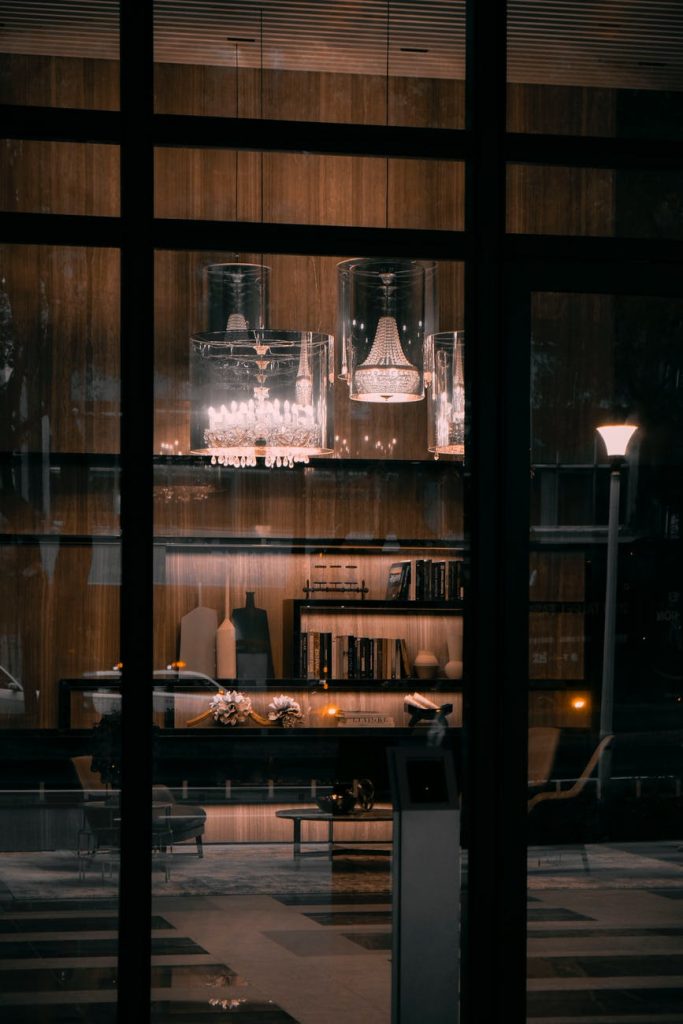Recent years have seen loads of innovation in lighting thanks to LED and smart lighting technology. Energy efficiency has been the main goal everyone has had in mind. However, trends are now moving away from energy efficiency.
ZLED, a manufacturer of LED retrofit kits in Philadelphia, says, “Up until recently, LED light manufacturers were prioritizing energy efficiency through their research and development. However, in order to compete, future manufacturers will also have to prioritize the biological impact of their lighting.”
Now that we have increased efficiency exponentially compared to incandescent and fluorescent lighting, the industry can begin to focus on human interaction with light. Here are a few trends innovators will need to keep in mind to move us to the future.

5 Upcoming Lighting Trends
1. Quality Over Efficiency
The attraction of efficiency has made the quality of light a secondary feature, even when CFLs were new. That will end in 2020. Most people are beginning to understand how much better LED bulbs are for the environment, our bank accounts, and our productivity.
However, new problems with LED lights are arising, and all of them have to do with quality. Some people are more comfortable with the original incandescent bulb and willing to deal with inefficiency because they like the quality of the light more.
These quality issues all have to do with how our bodies react to different colors of light. Blue light makes us alert and productive, while red and yellow light makes us tired and unfocused.
2. Natural Over Artificial
Both blue and red lighting have a time and place, and it’s based on the time of day. In the morning and afternoon, we should be exposed to blue light because we need to be alert and focused. Sunlight contains high levels of blue light and is the best source of light for our health.
When the day starts to come to a close, we need to be exposed to warm, dim light to help us get ready for sleep. Ideally, we wouldn’t be exposed to light at all after the sun goes down, but the modern world doesn’t sleep when the sun goes down.
Too much blue light after the sun goes down can cause sleeping problems. Too much warm light at work can make you sleepy and give you headaches. The key is to get the right light at the right time.
3. People Over Energy Savings
This focus on quality, natural light will place our health above the energy savings of LED bulbs. A balance will be found that allows us to benefit in both ways. There are already smart lighting systems that allow you to adjust the temperature of a bulb, depending on the day.
The challenge will be making these systems accessible and affordable. Right now, IoT lighting systems are mainly used in wealthy homes.
Businesses are only just starting to retrofit their offices for LED lighting. Smart lighting in the workplace is still a ways off, and that is where it is most needed for our overall health.
At home, you can at least have rooms designated to cool light and warm light. The living room is a good place for cool light, while the bedroom is a good place for warm light.
Eventually, lighting will be fully connected. We will all have the right light at the right time and in the right place. Progress happens slowly, and our lighting systems could look completely different in 10 years.
What’s optimal now likely won’t be then. A brand new lighting source could shake up the market. Until then, we should keep moving toward optimal efficiency and health.
4. Dark Sky Compliance
Because recent trends have focused so much on the environment, the trends for the future mostly focus on us. However, there is one new discovery about lighting and the environment that will create some innovative new products.
Light pollution has recently been discovered to have a negative effect on the environment. The International Dark Sky Association was formed to raise awareness of this. Their seal of approval on outdoor lighting means that “they minimize glare while reducing light trespass and skyglow.”
There are many areas where you can’t see the stars because of light pollution. Dark Sky–compliant lights would help bring the stars back to the night sky!
Light pollution can also negatively affect animals and hinder space research by making telescopes less effective. If all outside lighting becomes Dark Sky–compliant, we can cut down on the negative effects significantly.
What lighting trends are you looking forward to? Let us know in the comments below!
Jennifer Bell is a freelance writer, blogger, dog-enthusiast and avid beachgoer operating out of Southern New Jersey.



